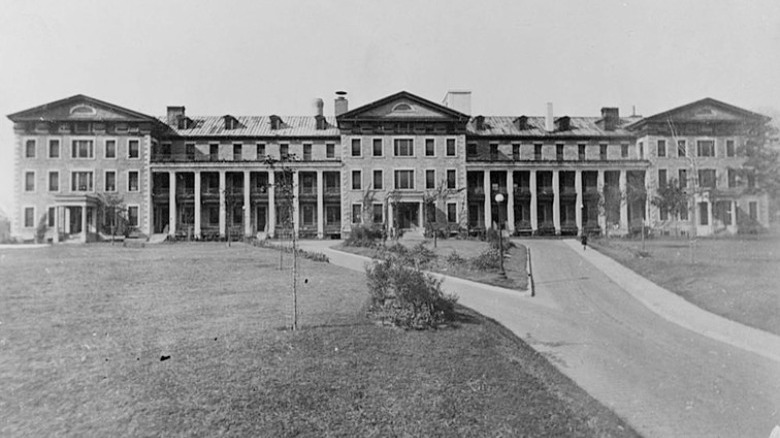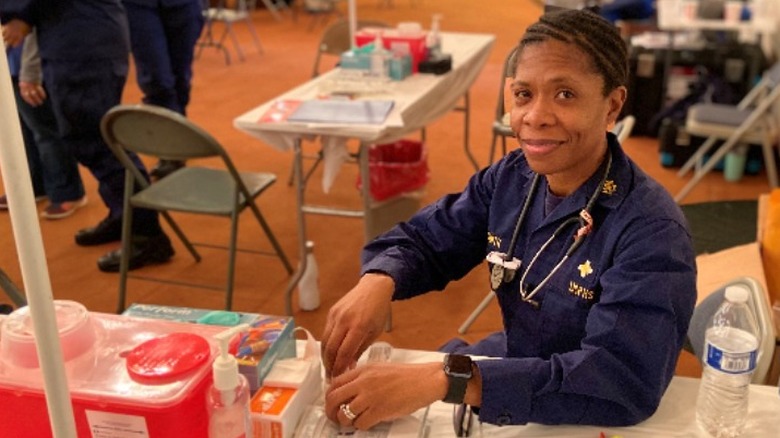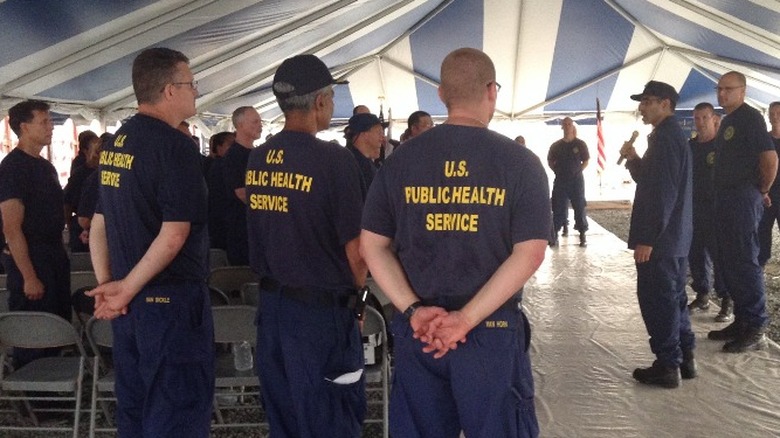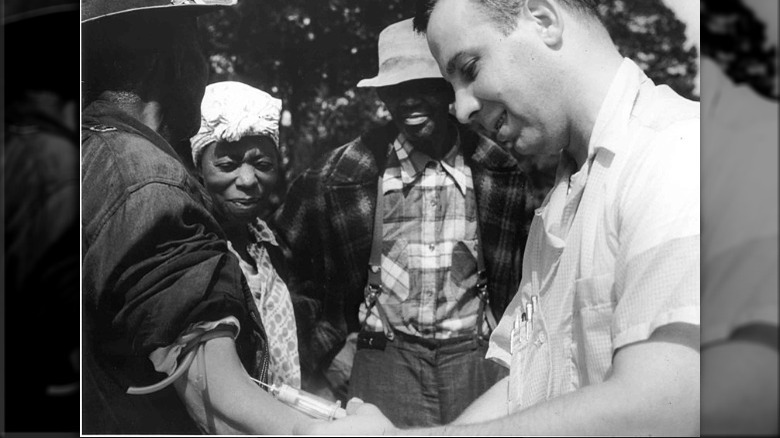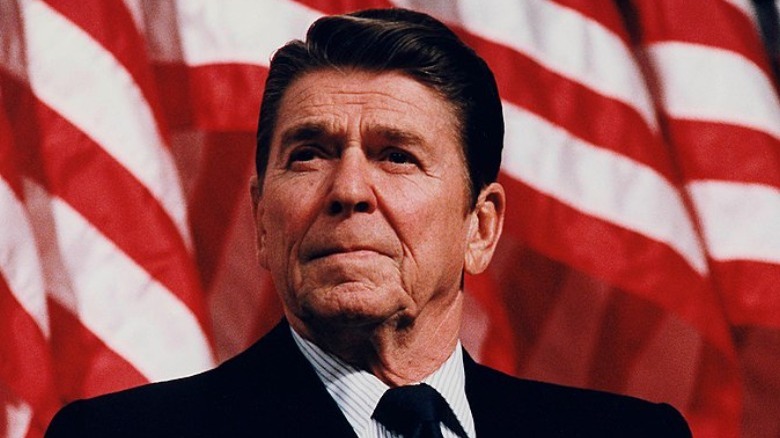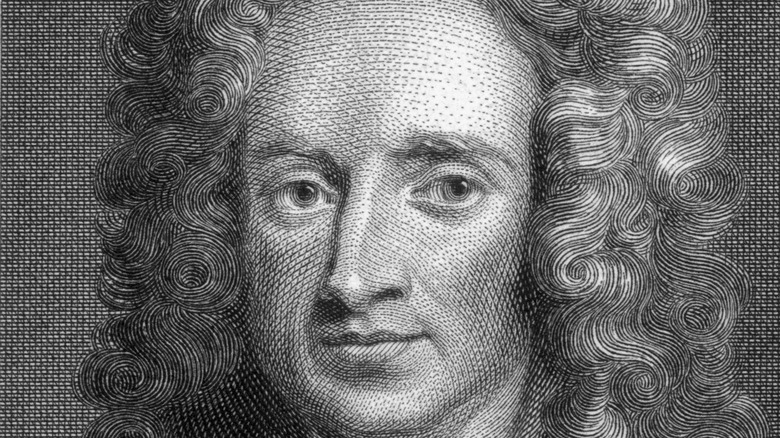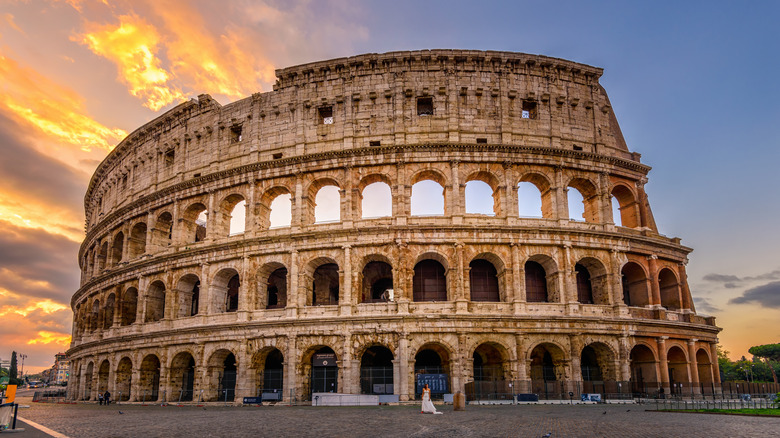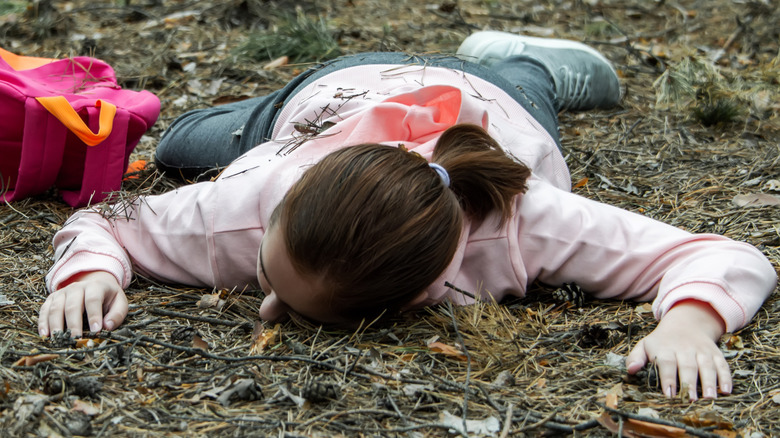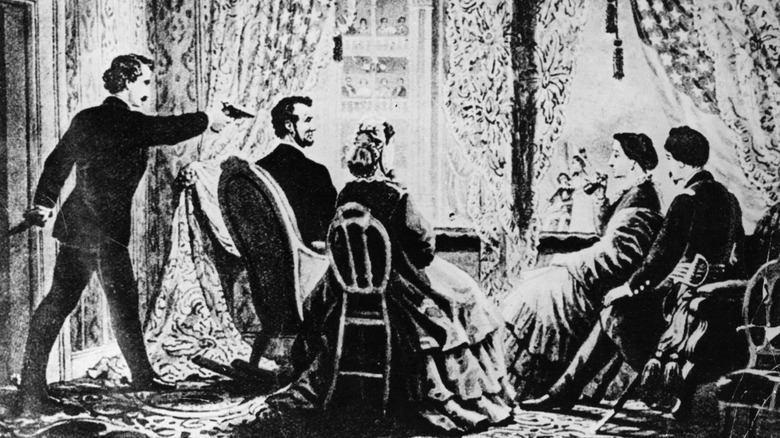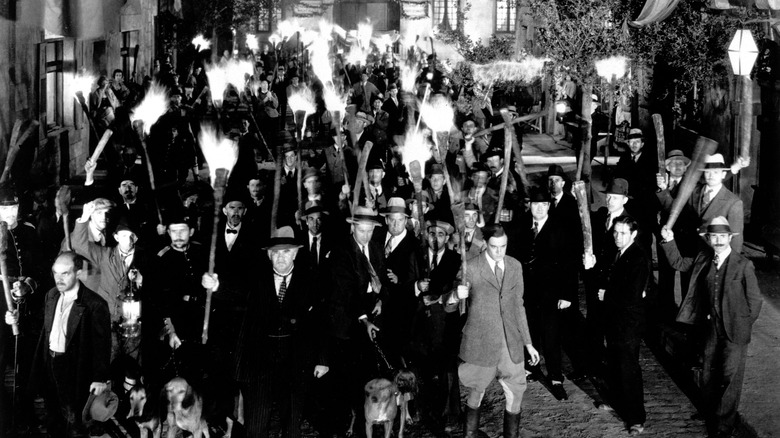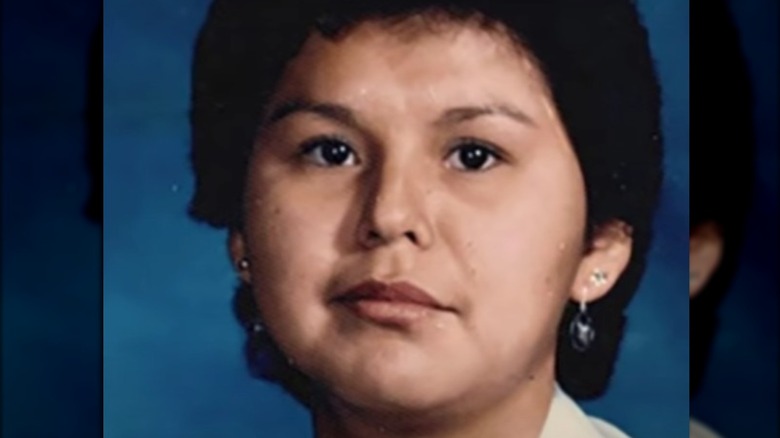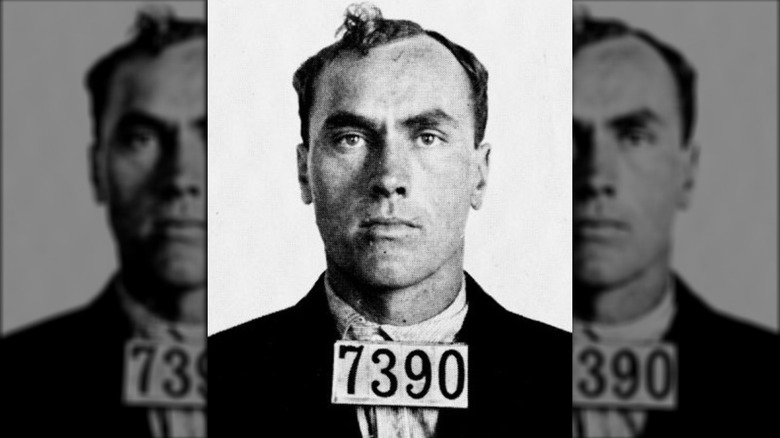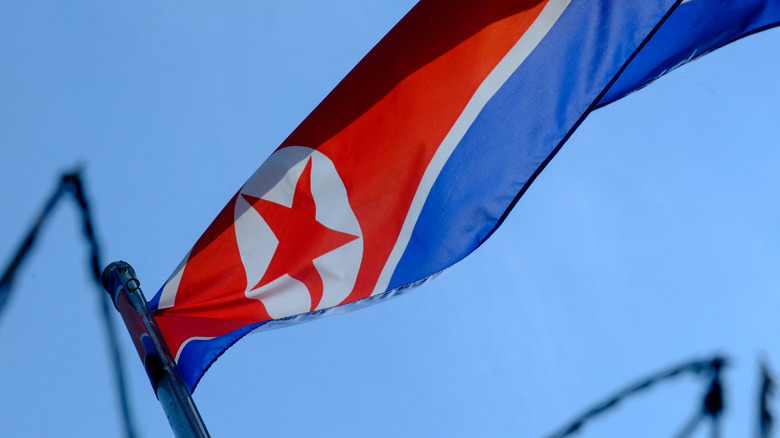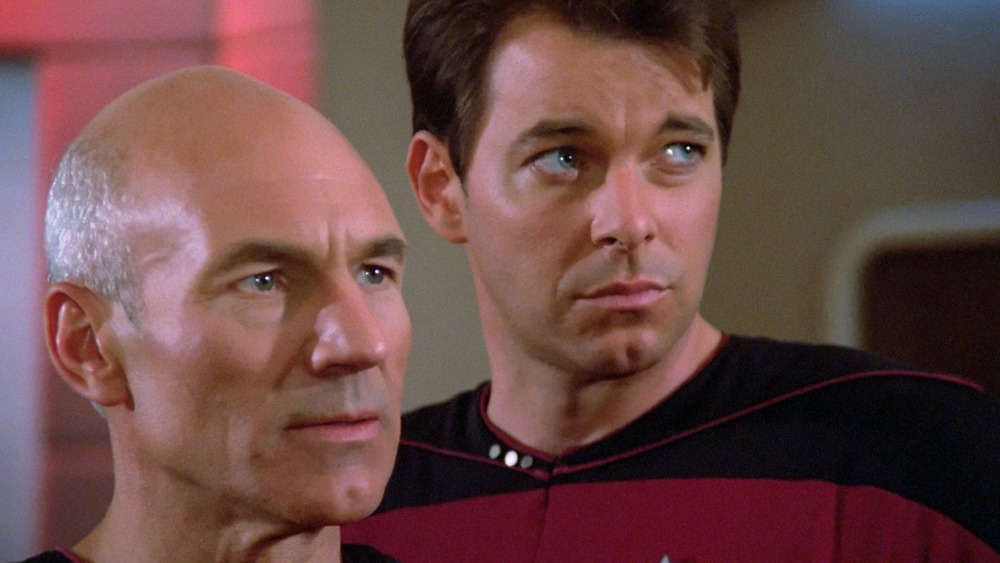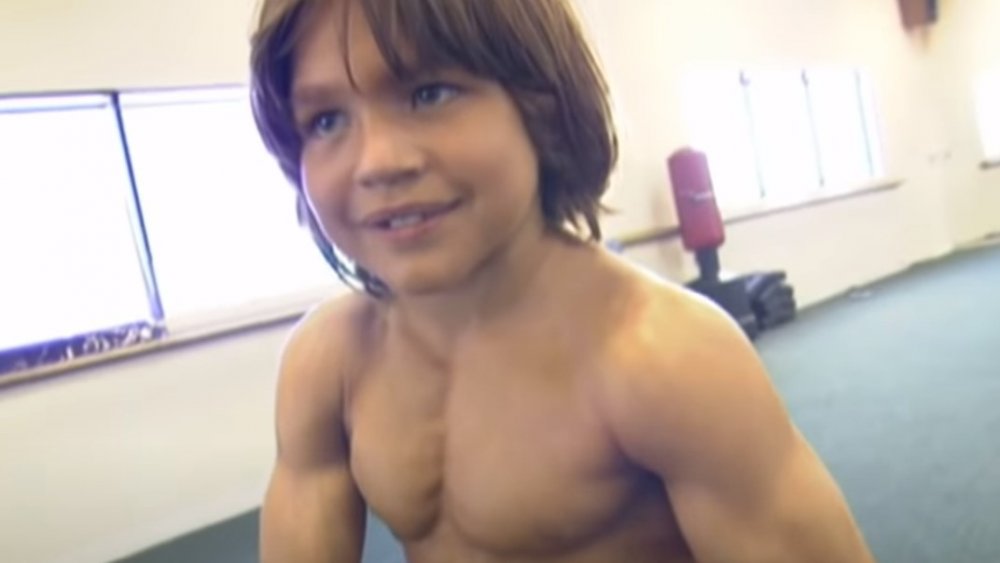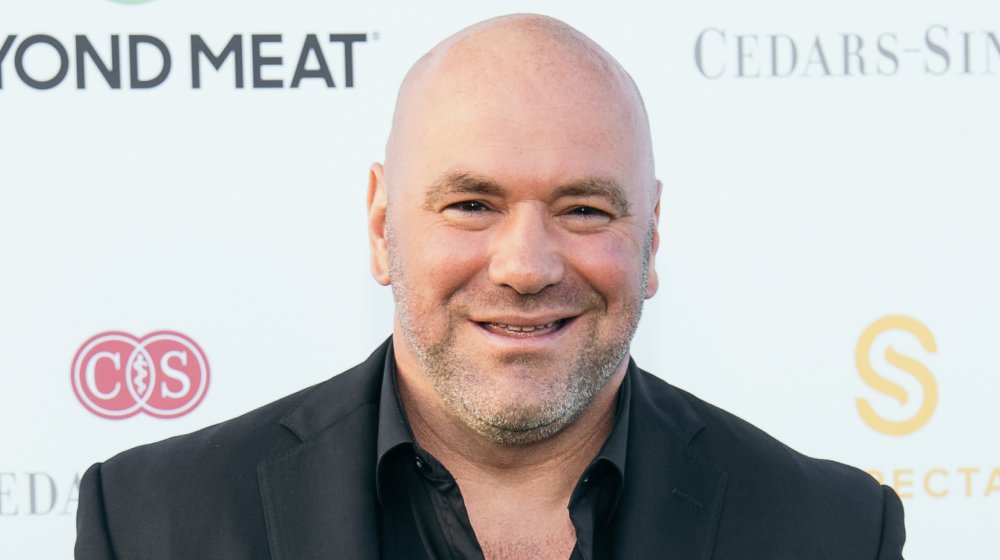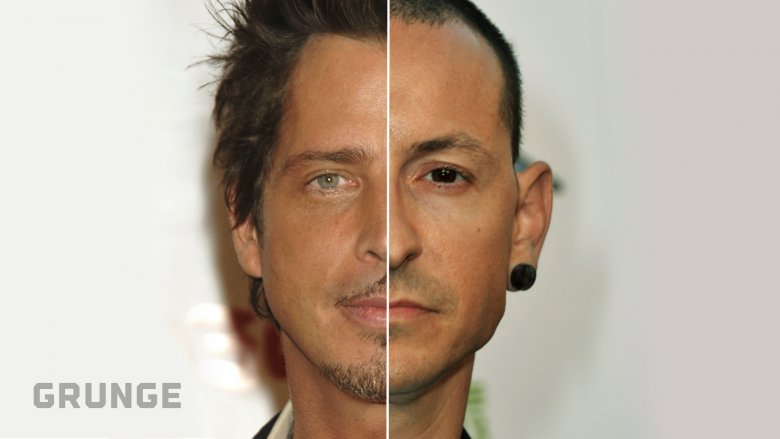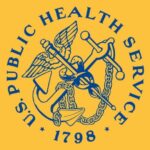
The Untold Truth Of The US Public Health Service
While many Americans are familiar with the now six branches of our military, there is also a unit of commissioned officers dedicated to the health and welfare of the U.S. public: the United States Public Health Service (USPHS). Organized under Health and Human Services (HHS), the USPHS, also known as the Commissioned Corps of the U.S. Public Health Service (via USPHS), is one of the eight Uniformed Services of the United States. The USPHS and NOAA are the only two that are not part of the Armed Forces, as they receive no weapons training, notes the Department of Defense (DOD). The Surgeon General of the United States, along with being the “Nation’s Doctor,” is the operational head of the USPHS, HHS states, and during their tenure carries the rank of a Vice Admiral (via Cornell Law).
The mission of the UPHS is to “protect, promote, and advance the health and safety of our Nation,” writes HHS, and the corps’ primary mandates are threefold: “Rapid and effective response to public health needs, leadership and excellence in public health practices, and advancement of public health science.”
All members of the USPHS corps are officers, and include nurses, doctors, pharmacists, dentists, and other medical fields, as well as research scientists. The USPHS uniforms are based on the Navy’s, writes Military.com, though with the USPHS insignia, and the DOD notes they utilize the Navy system for ranks as well.
The PHS was originally established to take care of sailors
When the country was founded, the nation relied on ships, and sailors, for commerce, transporting goods from one state to the next, writes the National Library of Medicine (NLM). However, when sailors became sick, there were few good options for them to get medical attention away from home. In 1798 Congress passed the Act for the Relief of Sick and Disabled Seamen (via Indiana University), establishing the Marine Hospital Service (MUS), a collection of hospitals in larger port cities to take care of the sailors. Sailors were charged 20 cents a month to both build the hospitals and pay for the doctors that staffed them.
Over time, more oversight was needed. In 1870 Congress formalized the MUS unit under the Treasury Department and created the role of the Supervising Surgeon General in 1875 (shortened to Surgeon General in 1902). The first Supervising Surgeon General, John Maynard, in 1871 gave it a more military-style structure, and required that the medical corps wear uniforms (via USPHS).
The Commissioned Corps were officially organized in 1889. After many contagious epidemics raged through the country in the 19th century, the role of the PHS was expanded to serve the general public, and in 1902 it was renamed the Public Health and Marine Hospital Services (PHMHS), shortened to the Public Health Service in 1912. In 1939, FDR moved the PHS from the Treasury to the Federal Security Agency (FSA). That was dissolved in 1953, and in 1979 the PHS was moved to its current home, the Department of Health and Human Services.
They are deployed in times of emergency
The Commissioned Corps works in over 22 federal agencies, Undark Magazine notes, but primarily personnel are stationed working for Indian Health Service (IHS) and HHS departments, including at the CDC, FDA and NIH, doing everything from medical research to caring for underserved communities. But they are also deployed in response to natural disasters and national medical emergencies like Covid-19.
During the pandemic, USPHS officers have been regularly seen during White House press briefings, writes Military.com. USPHS officers have been also deployed to assist in a wide variety COVID-19-related issues, from contract tracing on Native American reservations and responding to outbreaks on cruise ships (via CDC) to setting up vaccination sites, The Washington Post reports.
The USPHS is regularly deployed during natural disasters such as Hurricanes Katrina. According to the Commissioned Officers Association (COA) they not only provide medical assistance to the affected communities, but also help regional health officials reestablish and reopen medical services in hard-hit areas.
The UPSHS will deploy for health-related emergencies outside of the United States as well. During the Ebola epidemic in 2014, USPHS officers were deployed to Liberia to staff a treatment clinic (via NLM), for which President Obama presented the Commissioned Corps with a Presidential Unit Citation, notes COA. Other international deployments included providing aid after the Fukushima, Japan earthquake and the Indian Ocean tsunami, as well as serving alongside other service’s medical teams in Afghanistan and Iraq.
They help us cope in times of national tragedy
At times of national tragedy, the USPHS responds. But not just to help with injuries, but to assist in the mental health and well-being of those affected.
After the events of September 11, COA writes, the USPHS sent in over 1,000 service members. Along with doctors and nurses to treat any injuries, whether to victims or first responders, they also sent behavioral health specialists to assist rescuers with the trauma they experienced. Forensic dentists from the corps were also sent in to help the New York City medical examiner’s office match victims’ remains to dental records. Retired Captain Angela Martinelli recalled to MOAA her experience as a nurse at Ground Zero. “We were competent and compassionate. These steelworkers, they didn’t want to talk. It was, ‘Fix my blister, give me new socks, I’ve got to get back out there.’ If they had blisters they couldn’t work, so they’d come in. They could gash their arm and they wouldn’t come in. They didn’t stop.”
When the tragic shootings occurred at Sandy Hook Elementary in Newton, Massachusetts, COA notes, behavioral health specialists from the UPSHS were sent in to help assist the grieving community, as well as supporting the local mental health teams. USPHS Psychologist Jeffrey Goodie recalled his deployment there to the American Psychological Association, “Our role is not to take over care, but to provide support so the community can start to rebuild as quickly as possible.”
The USPHS has had some dark days
There have been some blights in the history of the USPHS. In the ’30s, the USPHS began a now-infamous study of Black men, titled “Tuskegee Study of Untreated Syphilis in the Negro Male.” It included 600 men: 399 with syphilis — who were not told they had it — and 201 without, the CDC notes. When penicillin became available in the ’40s, the patients were never offered treatment. The research was only revealed in 1972 after a concerned PHS doctor leaked the information to a journalist, History writes. The reporting by the Associated Press led to public outrage at the study. A panel appointed to review it deemed the experiments “ethically unjustified” and demanded it be stopped immediately. Study participants reached a $10 million settlement with the U.S. government in 1974. As part of the settlement the Tuskegee Health Benefit Program (THBP) program was created to give the men — and later, their families — medical care for the rest of their lives, as well as funeral services, the CDC writes. The last Tuskegee patient died in 2004.
The study caused a deep-seated mistrust in the Black community “of public health officials and vaccines,” History notes. President Clinton issued an official apology to the men in 1997. He stated, “The United States government did something that was wrong — deeply, profoundly, morally wrong … It is not only in remembering that shameful past that we can make amends and repair our nation, but it is in remembering that past that we can build a better present and a better future” (via History).
The government hasn't always been supportive of the USPHS
A Hoover Commission’s evaluation in the ’40s and ’50s concluded the USPHS hospital system was inefficient and pushed for its removal, starting an almost 30-year back-and-forth of studies from both sides pushing to determine its future (via Social Networks and Archival Context).
President Ronald Reagan was against public welfare initiatives in general, and in the early ’80s made drastic cuts to the HHS budget, Timeline writes. Despite being a lifeline for many patients with pre-existing conditions — who often were denied insurance — the entire system of USPHS hospitals was defunded and closed in 1981 (via The New England Journal of Medicine). The hospital in Seattle was taken over by a public development authority (PDA) and from 1998-2011 was leased out as the headquarters for Amazon (via Pacific Hospital Preservation & Development Authority).
The Trump administration also went after the USPHS in 2018, wanting to reduce the agency’s size from its current force of around 6,500 to around 4,000. Jim Currie, COA’s executive director, told The Washington Post, “I don’t quite understand the animosity toward the Commissioned Corps. These folks are doing day jobs” at various government agencies “and when they’re needed, they go and deploy and work their butts off for 12 to 14 hours a day.” The Hill points out that the Office of Management and Budget (OMB) noted those cuts were based on a 1996 report previously rejected by HHS. Fortunately, none of those cuts came to fruition, and the corps was still at full capacity to respond to the COVID-19 crisis in 2020.
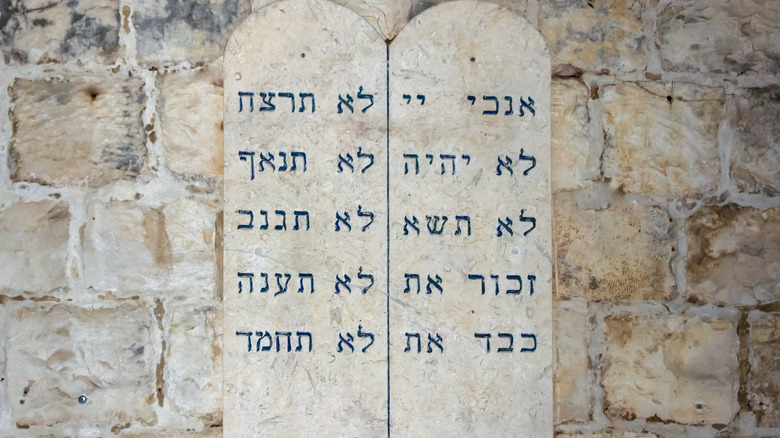
What Really Happened To The Ten Commandments Tablets?

The Connection Between The Appalachian Mountains And The Ice Age
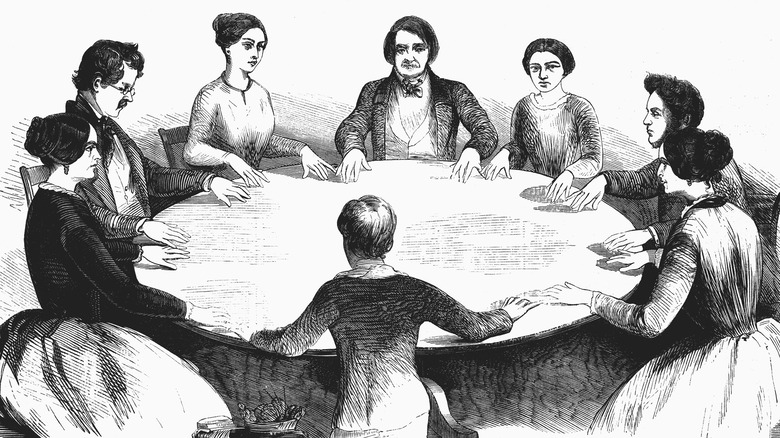
Spiritualism Explained

The Truth About The Deadly Kaprun Railway Disaster

What Really Happens When A Person Is Excommunicated
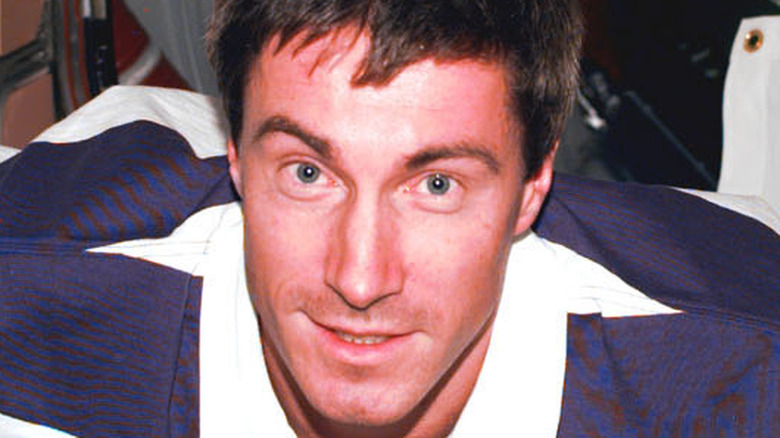
Sergei Krikalev: The Truth About The Cosmonaut Left Behind In Space
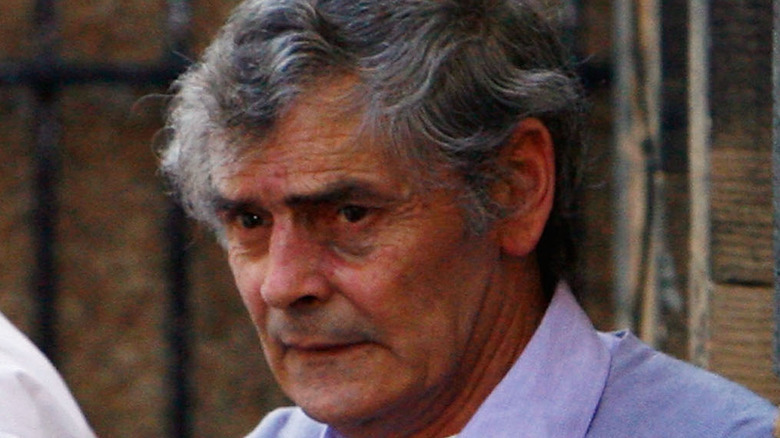
Everything We Know About Serial Killer Peter Tobin's Third Wife
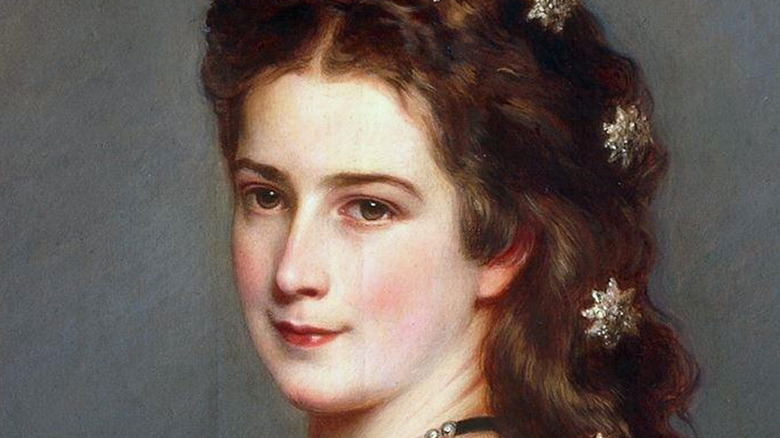
The Tragic Life And Death Of Empress Sisi Of Austria

What The Palace Of Versailles Is Being Used As Today
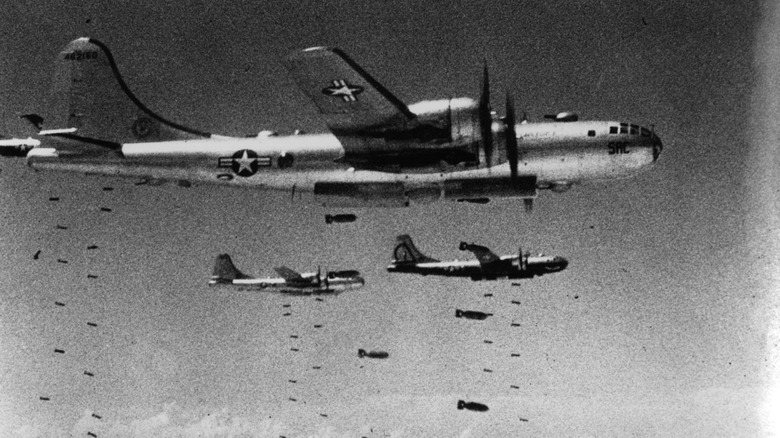
Why The Korean War Technically Never Ended
